
AeroGenie – Ihr intelligenter Copilot.
Trends
Categories
Gen Z Technician Earns Over $100,000 Repairing Plane Engines After 21 Months of Training
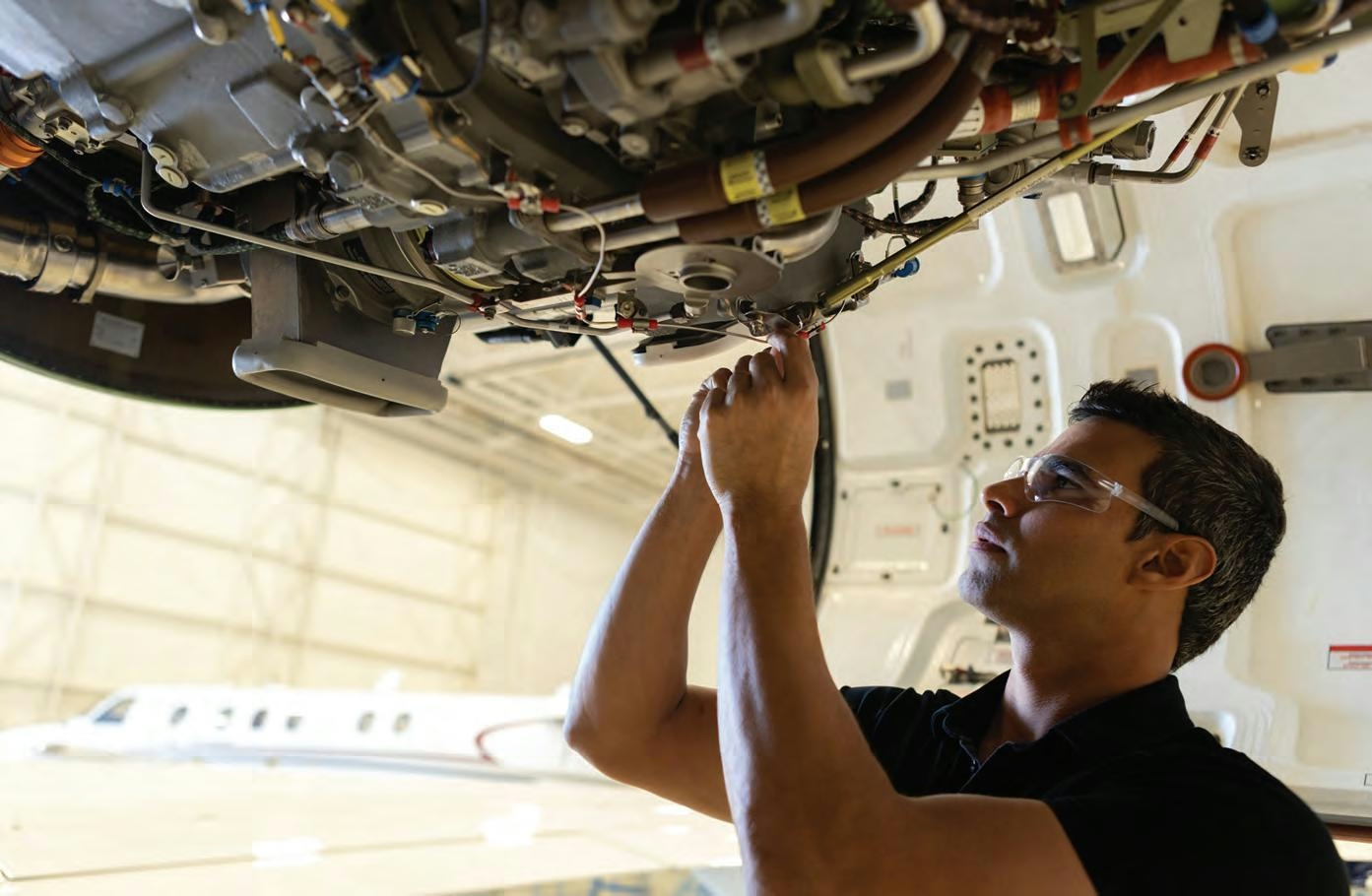
Gen Z Technician Earns Over $100,000 Repairing Plane Engines After 21 Months of Training
A Shift Away from Traditional Education
For decades, the conventional route to a stable career involved obtaining a college degree followed by securing a well-paying job. However, this model is increasingly losing its appeal among Generation Z, who face rising tuition fees, growing student debt, and an unpredictable job market. Many young workers are now pursuing faster and more cost-effective pathways to rewarding careers, often bypassing the traditional four-year college experience.
Bianca Miller, 25, exemplifies this trend. Initially enrolled in a mechanical engineering program, she became disillusioned by the curriculum’s lack of direct relevance to her career goals. “I was disappointed that half of my classes didn’t relate to the actual career I wanted,” Miller explained. Even high-achieving students in her program struggled to find employment, frequently unable to secure internships, paid or unpaid.
Rapid Training Leading to Lucrative Employment
Determined to take control of her professional future, Miller left college and enrolled in a 21-month technician program at the Aviation Institute of Maintenance in northern New Jersey. By the time she graduated in 2023, the demand for skilled aviation technicians had surged dramatically. Miller recalls companies “begging” for workers. She now serves as an avionics technician for United Airlines at Newark Liberty International Airport, where she repairs plane engines and electrical systems. Within just over a year, Miller has doubled her initial investment in training and earns a six-figure salary, significantly exceeding the median wage for comparable roles.
Her experience reflects a broader industry trend. As global air travel rebounds post-pandemic and a wave of retirements affects the aviation workforce, the need for new technicians is urgent. The latest CAE Aviation Talent Forecast estimates a global demand for 416,000 new aircraft maintenance technicians over the next eight years. In the United States, the median salary for these positions is approximately $79,000, according to the Bureau of Labor Statistics. However, overtime and specialized skills can elevate earnings well beyond $100,000.
Challenges and Opportunities in Skilled Trades
Despite success stories like Miller’s, the skilled trades continue to face challenges in attracting young talent. Many perceive these careers as low-paying, a perception reinforced by median wages in related fields such as automotive body repair, which stands at $50,680 annually. This raises concerns about the sustainability of recruiting sufficient new workers. The aviation and collision repair sectors alone anticipate a need for 795,000 new technicians over the next five years, intensifying competition for skilled labor.
In response, employers are enhancing training programs and improving compensation packages to retain top talent. This is particularly important as Gen Z workers express concerns about job security and the potential impact of artificial intelligence on technical roles.
While traditional higher education remains valuable—bachelor’s degrees offer an average lifetime return on investment of 682%—alternative pathways like trade schools are proving to be faster, more affordable, and increasingly lucrative. “The opportunities are endless,” Miller said. “At the end of the day, there really is no wrong.”
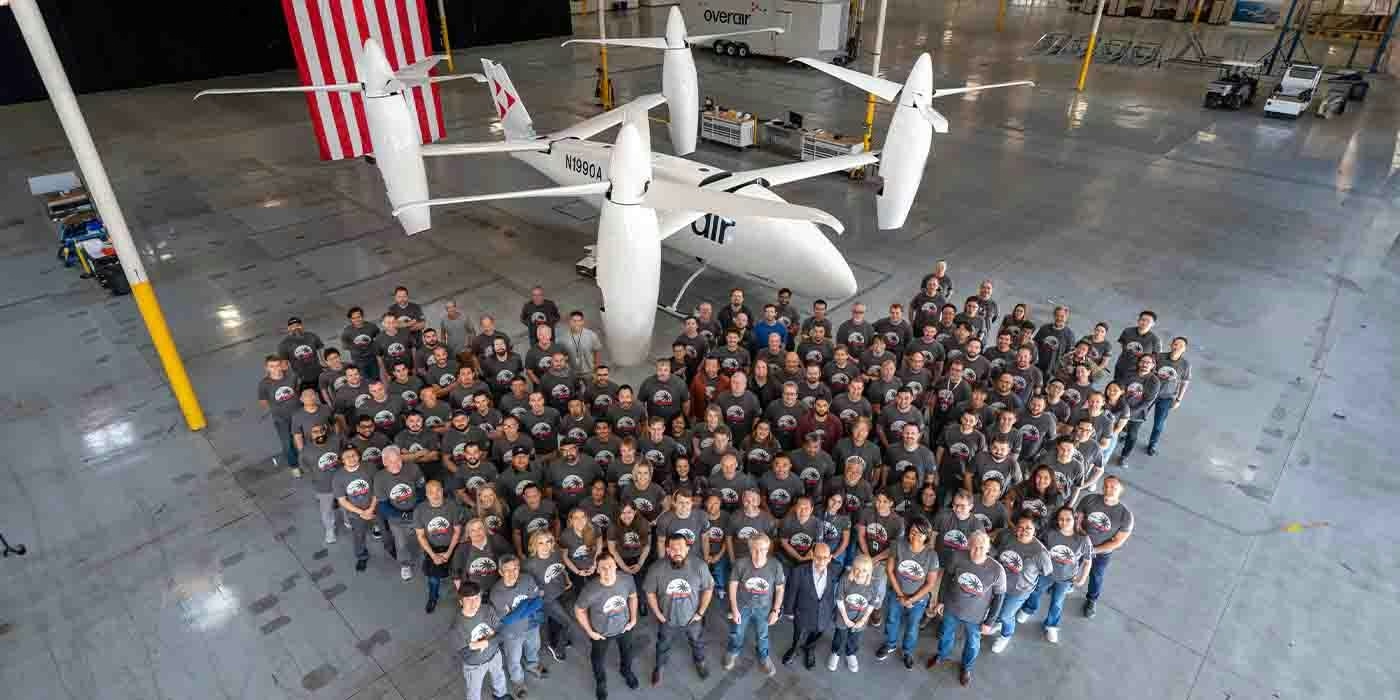
Unique mixed-propulsion eVTOL completes transition flight testing
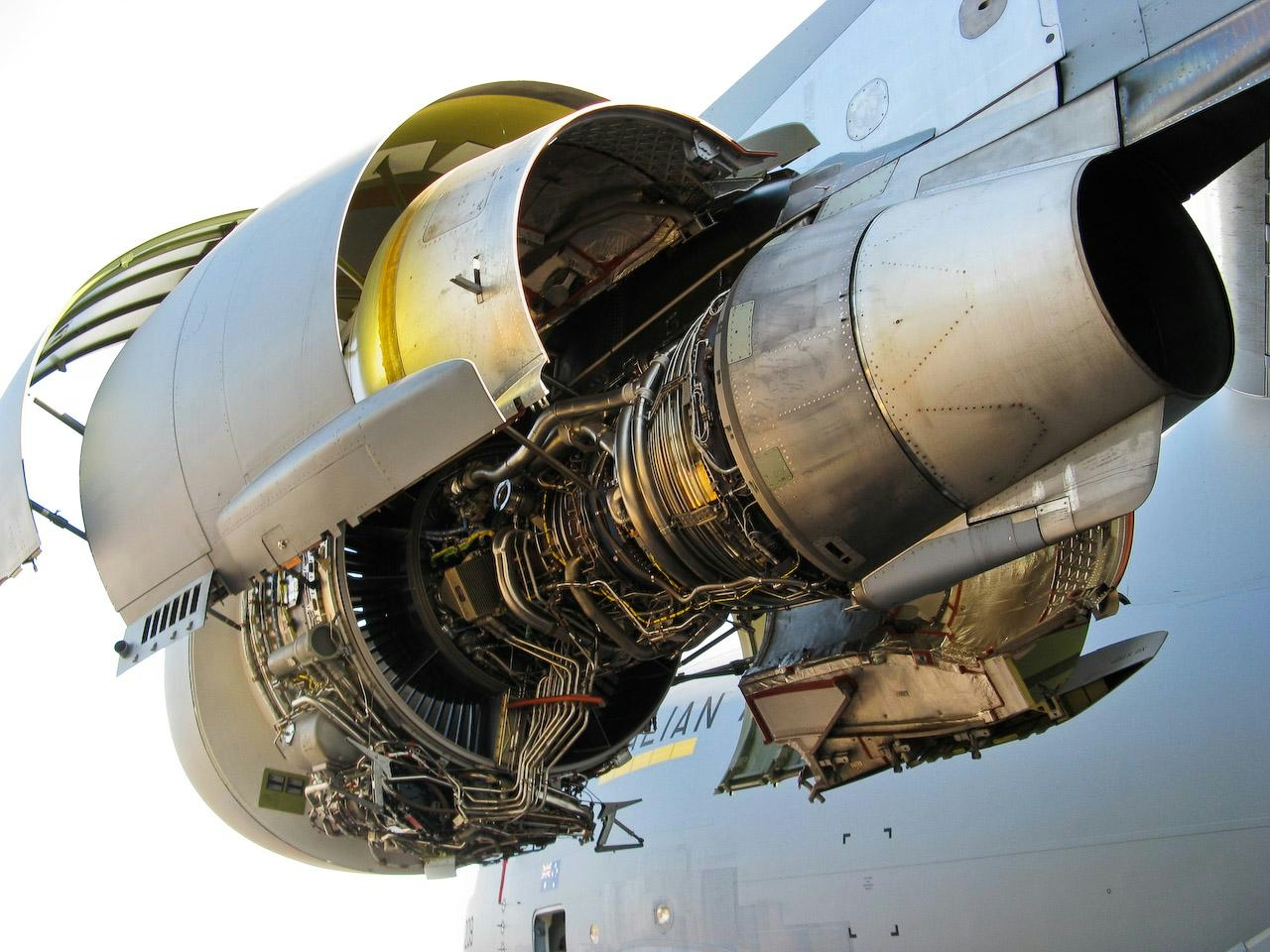
Are C-17 Globemaster Engines Derived from Boeing 757?
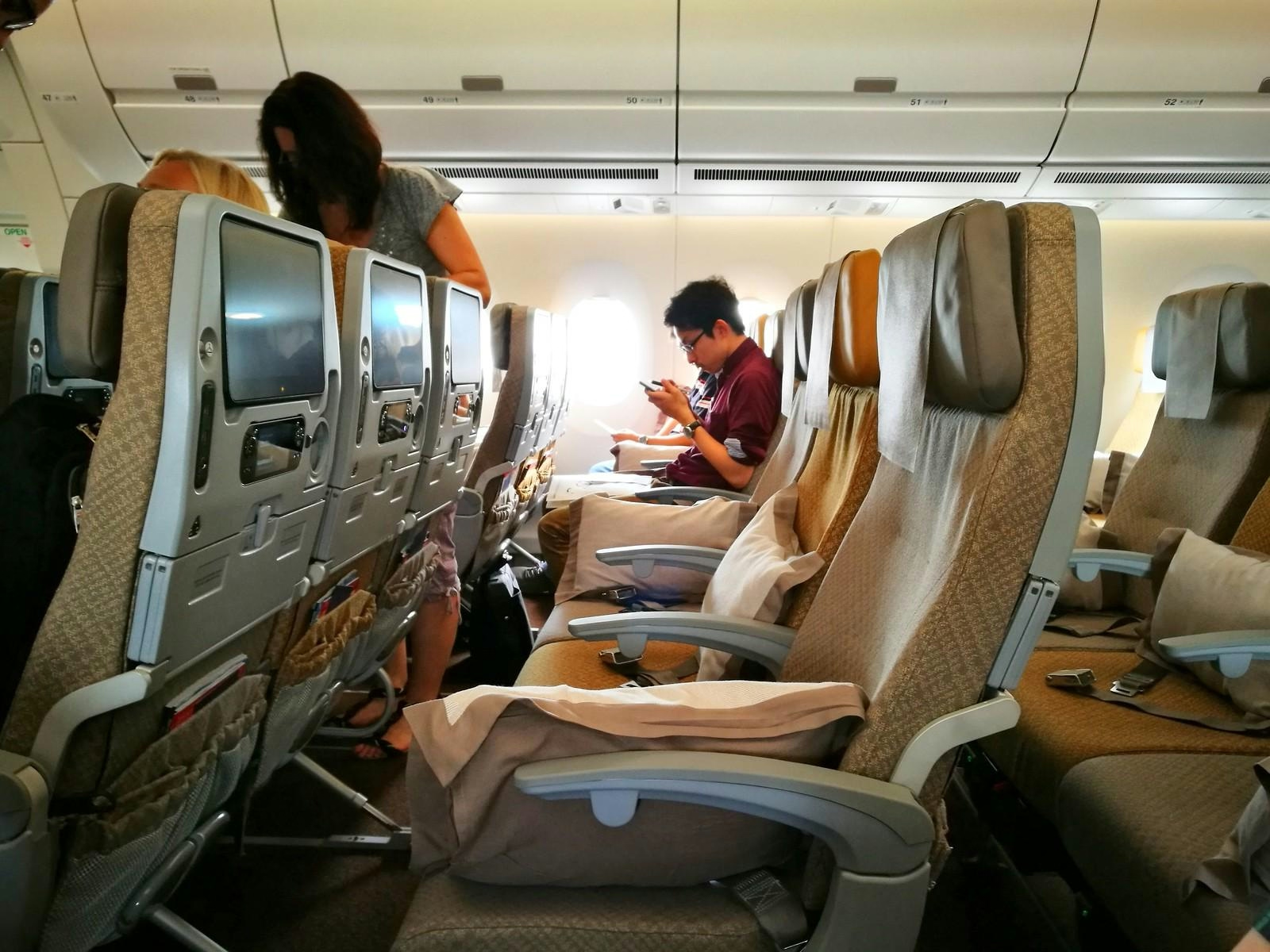
Why the Airbus A350’s Cabin Is Quieter Than Other Aircraft
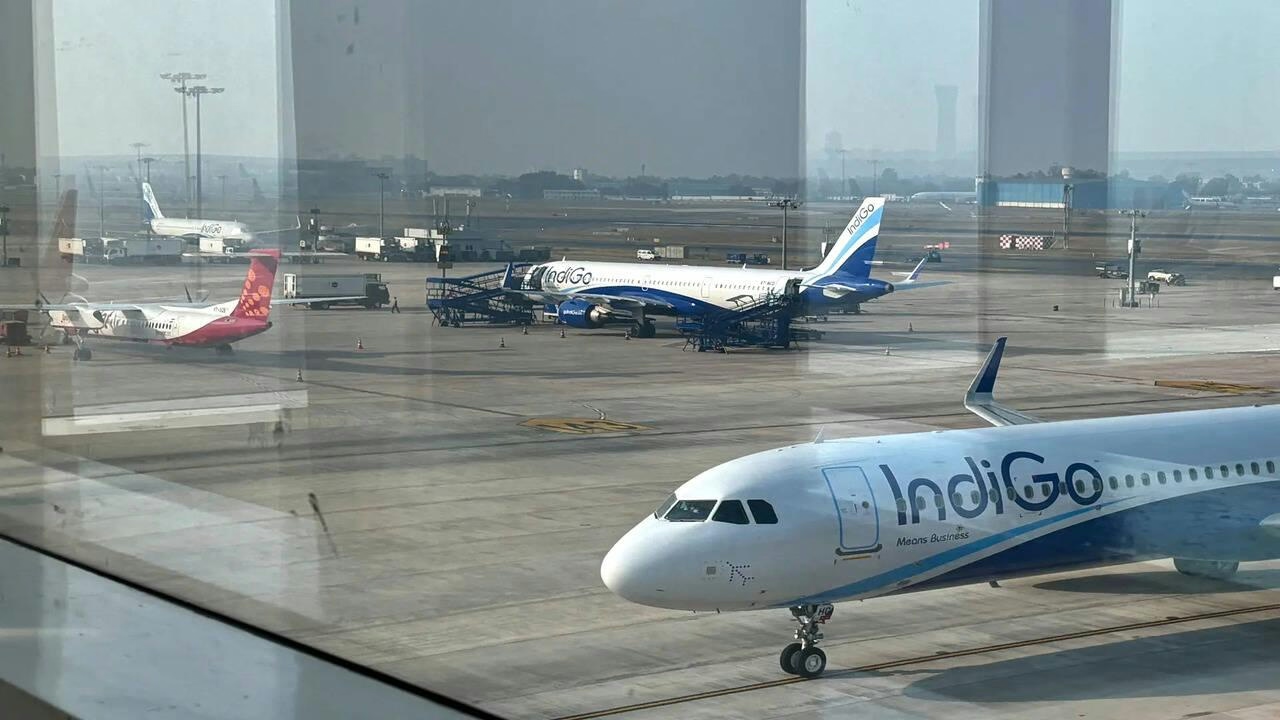
AI and AI Express Plan to Increase Capacity Amid IndiGo Flight Disruptions
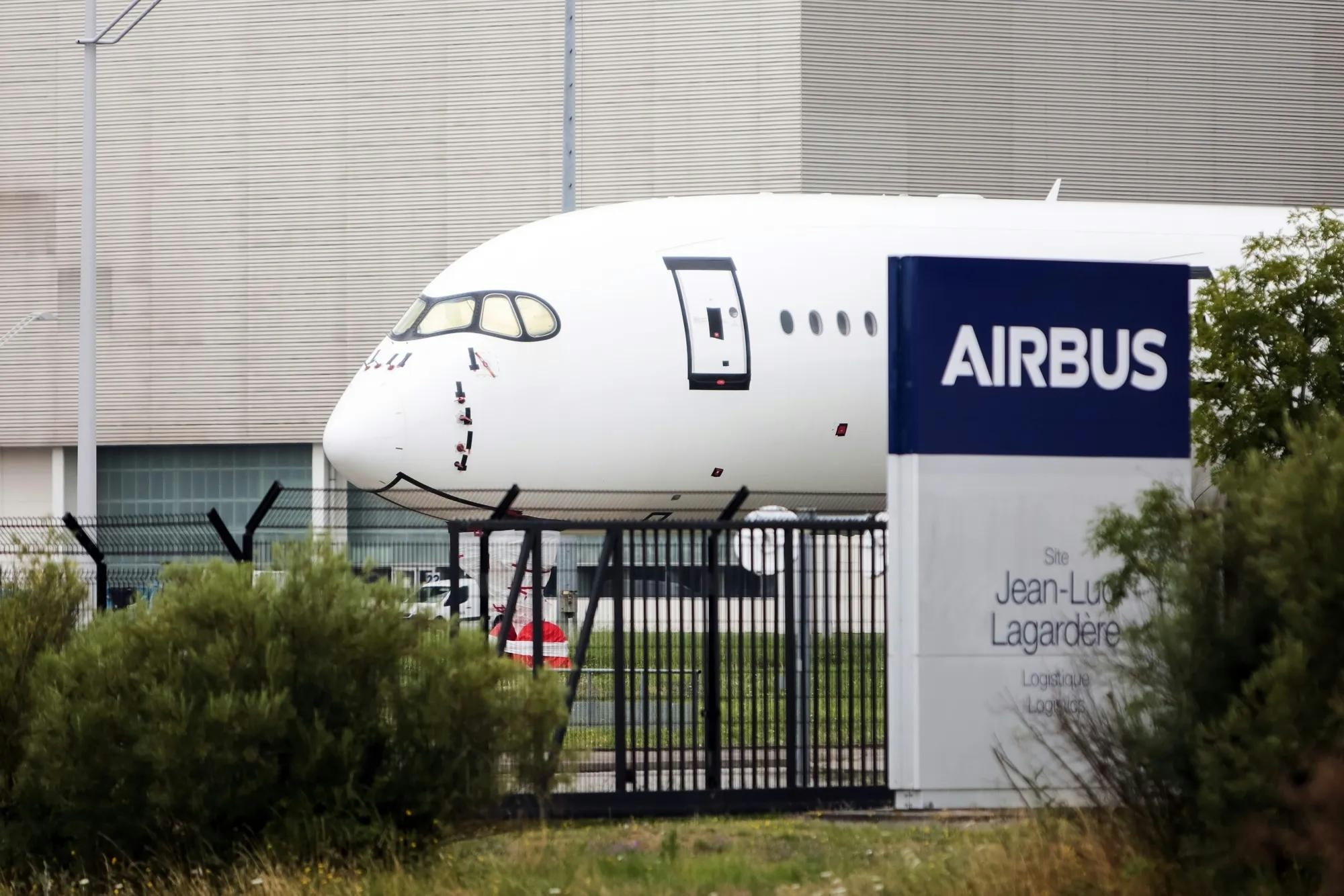
Kazakhstan and France Agree on Airbus Aircraft Deliveries
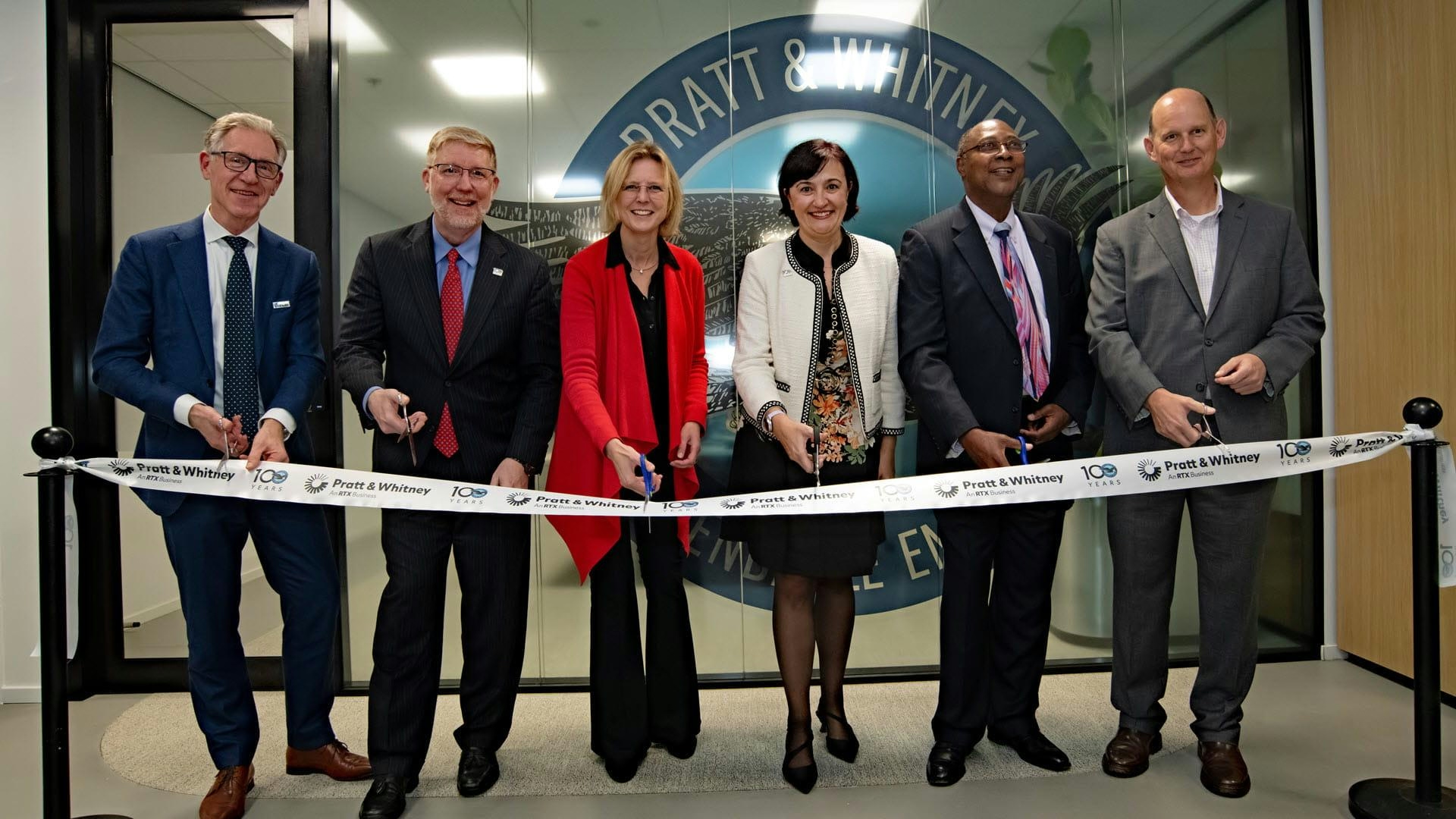
Europe’s Emerging Talent Drives Aviation Innovation
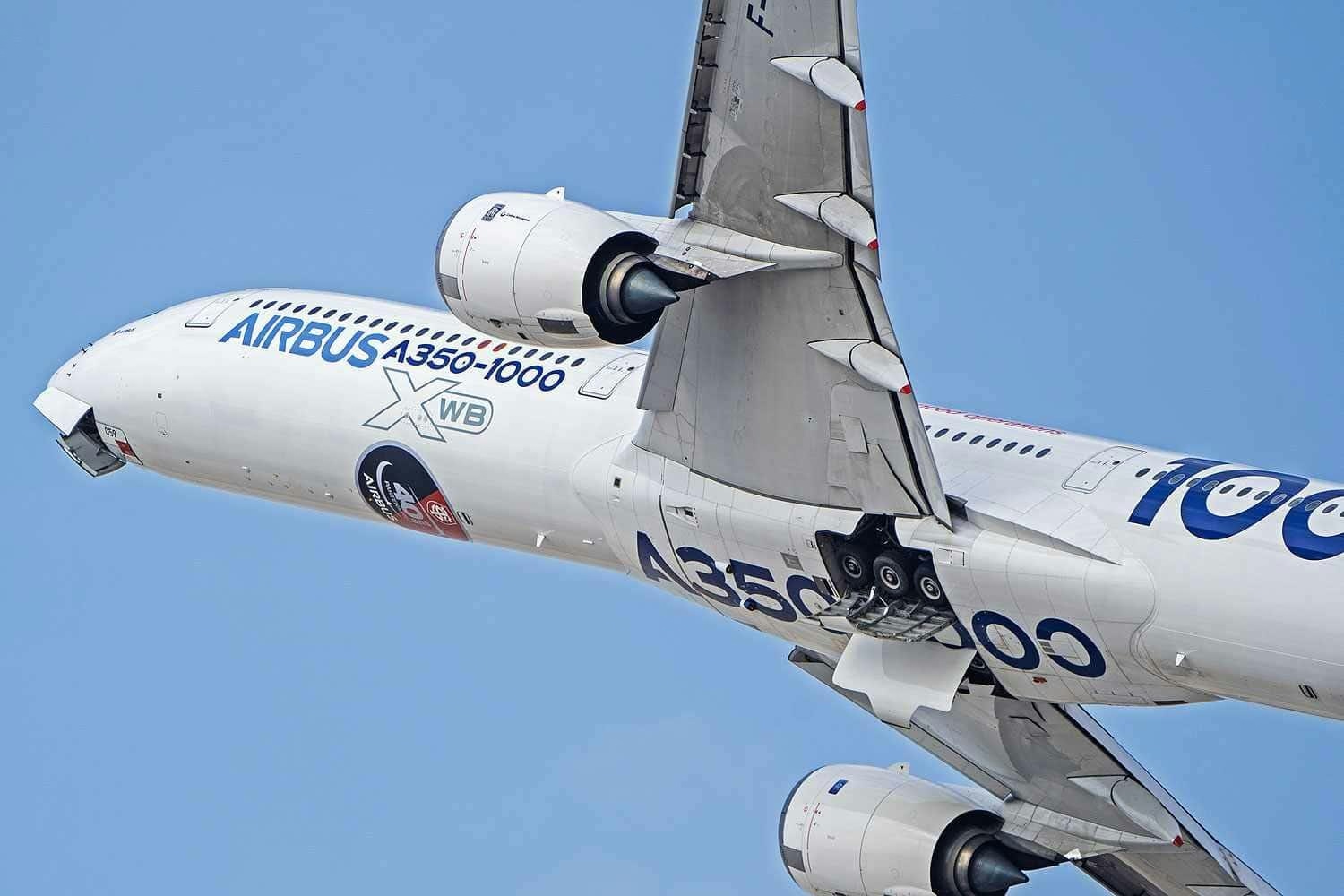
Airbus Receives New Order for A350-1000
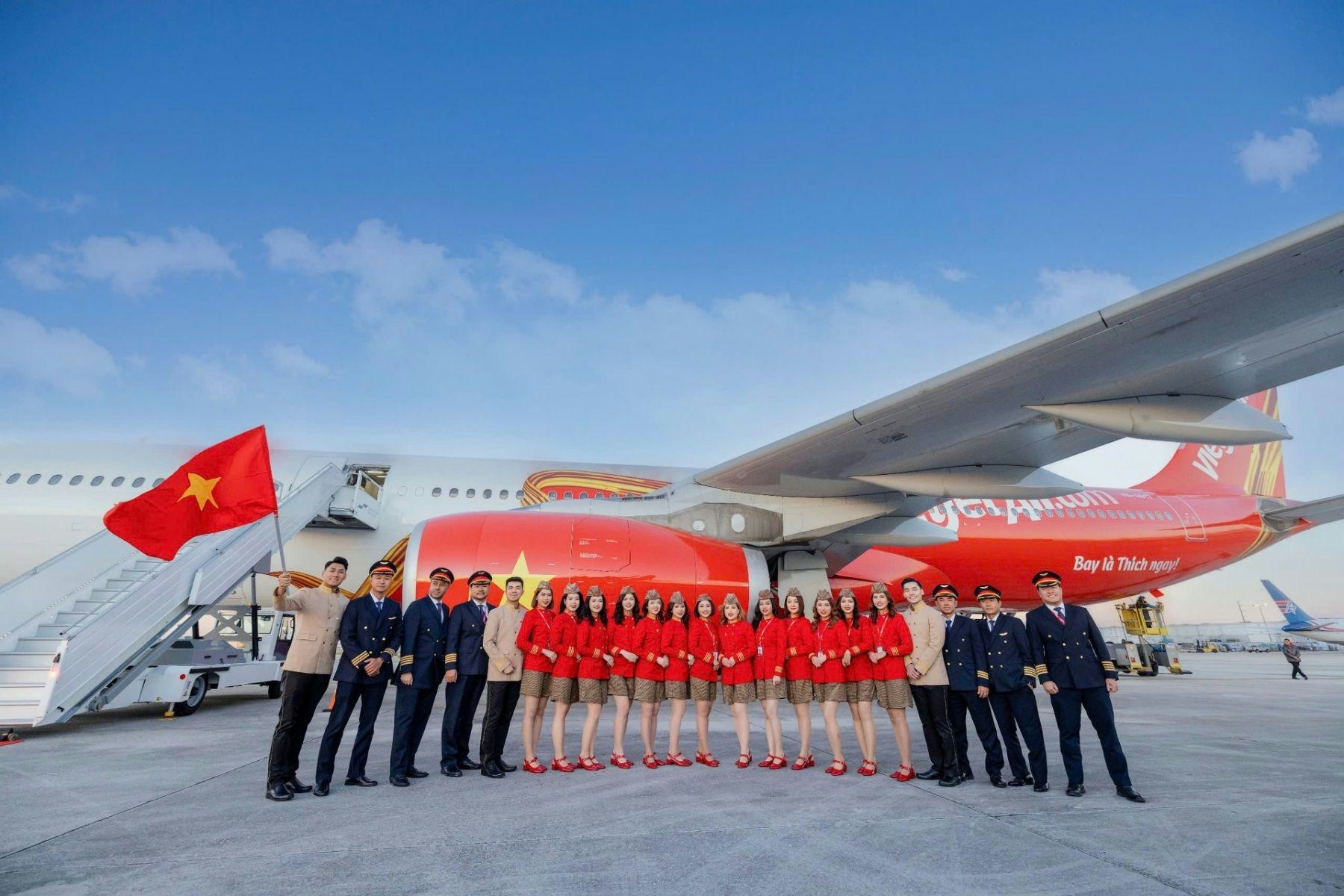
The Leading Widebody Aircraft in Service Today
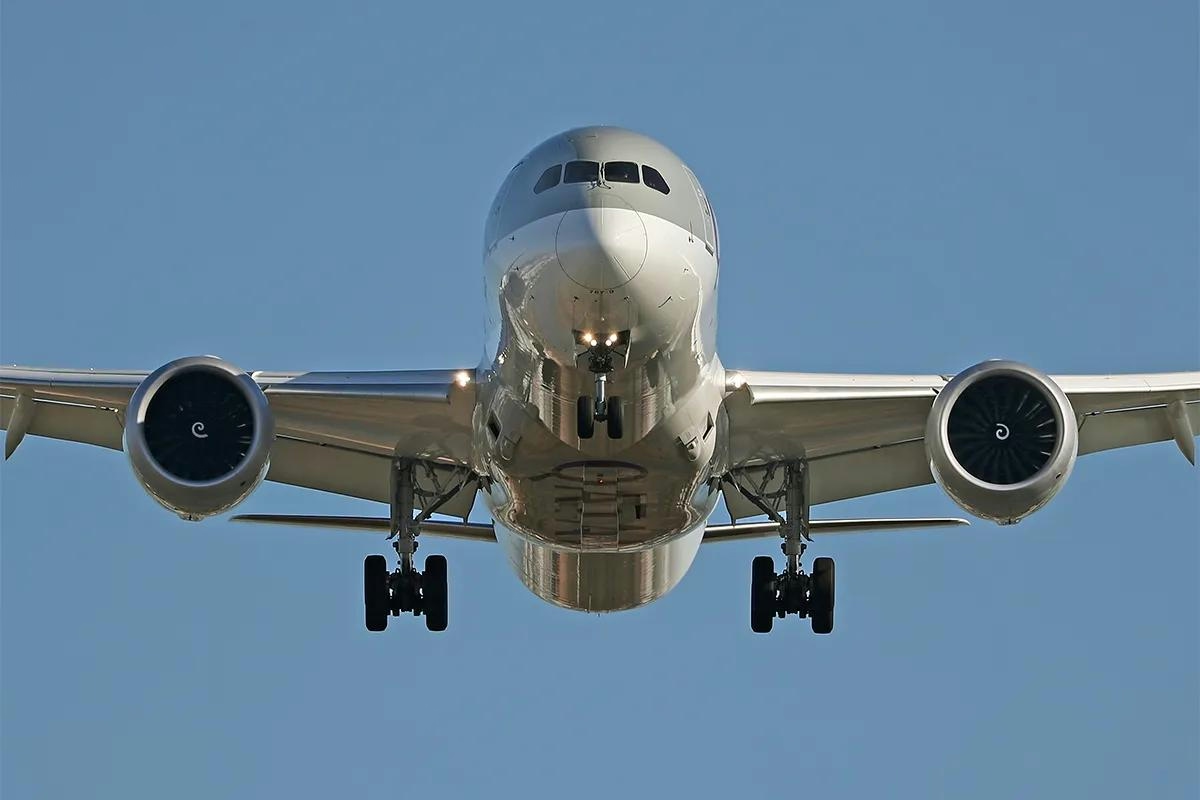
The Fastest Boeing Jet Currently in Service
